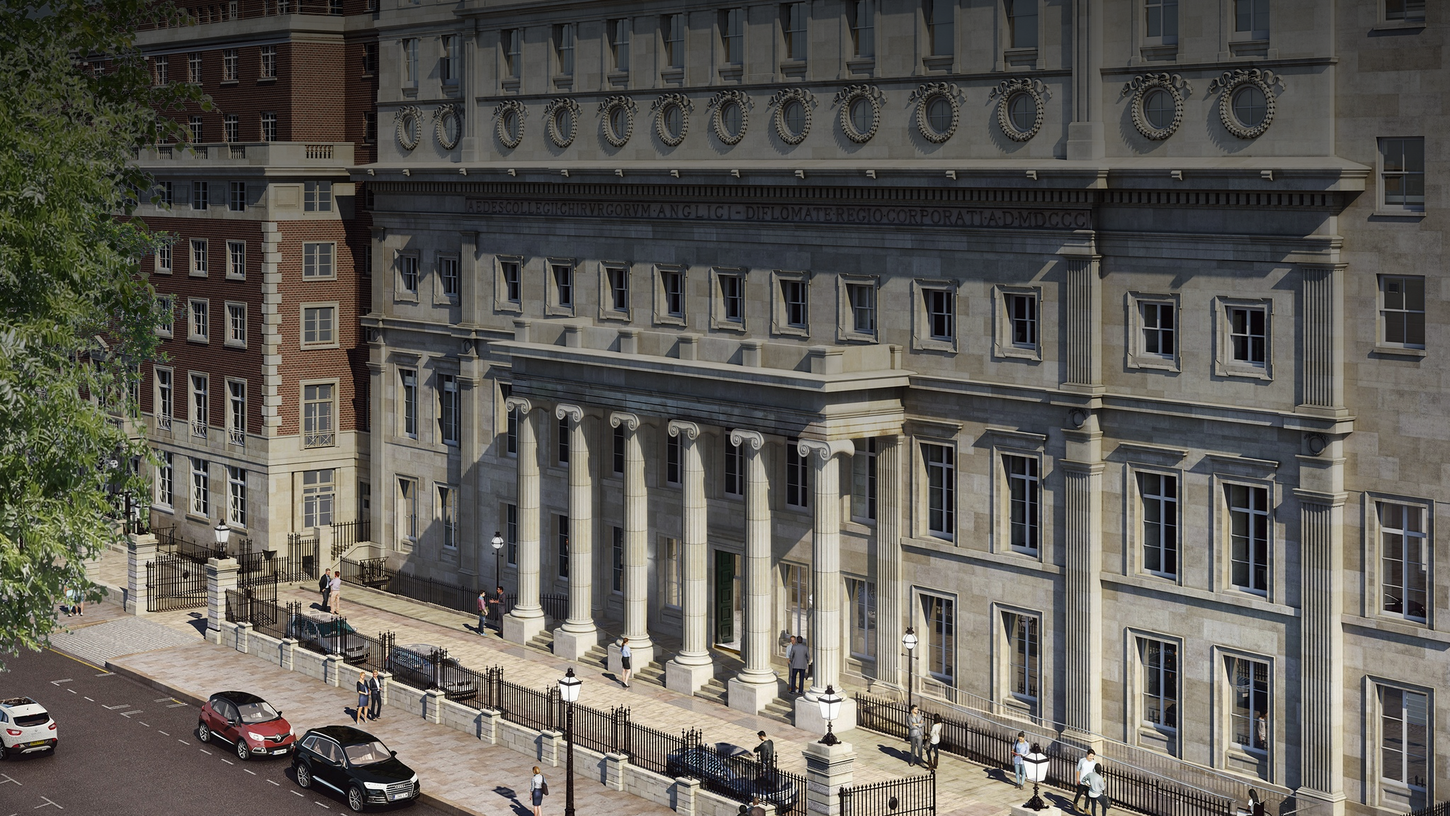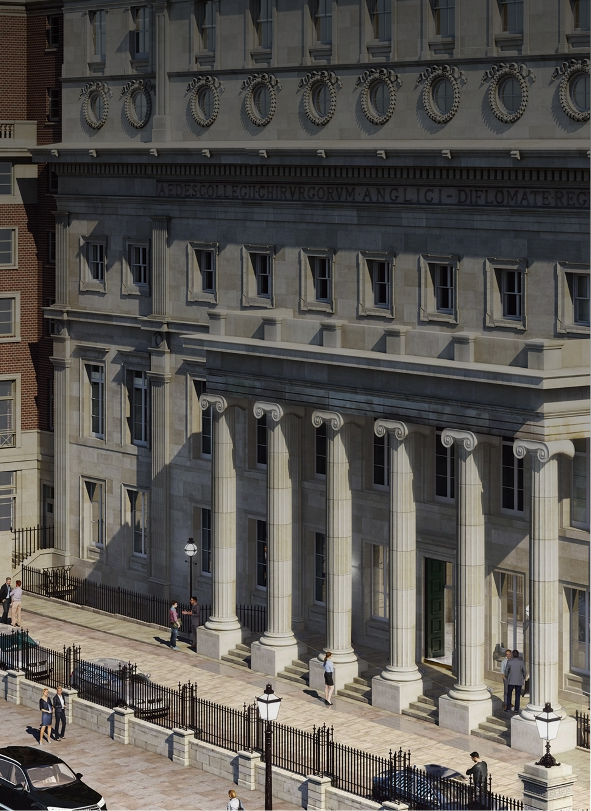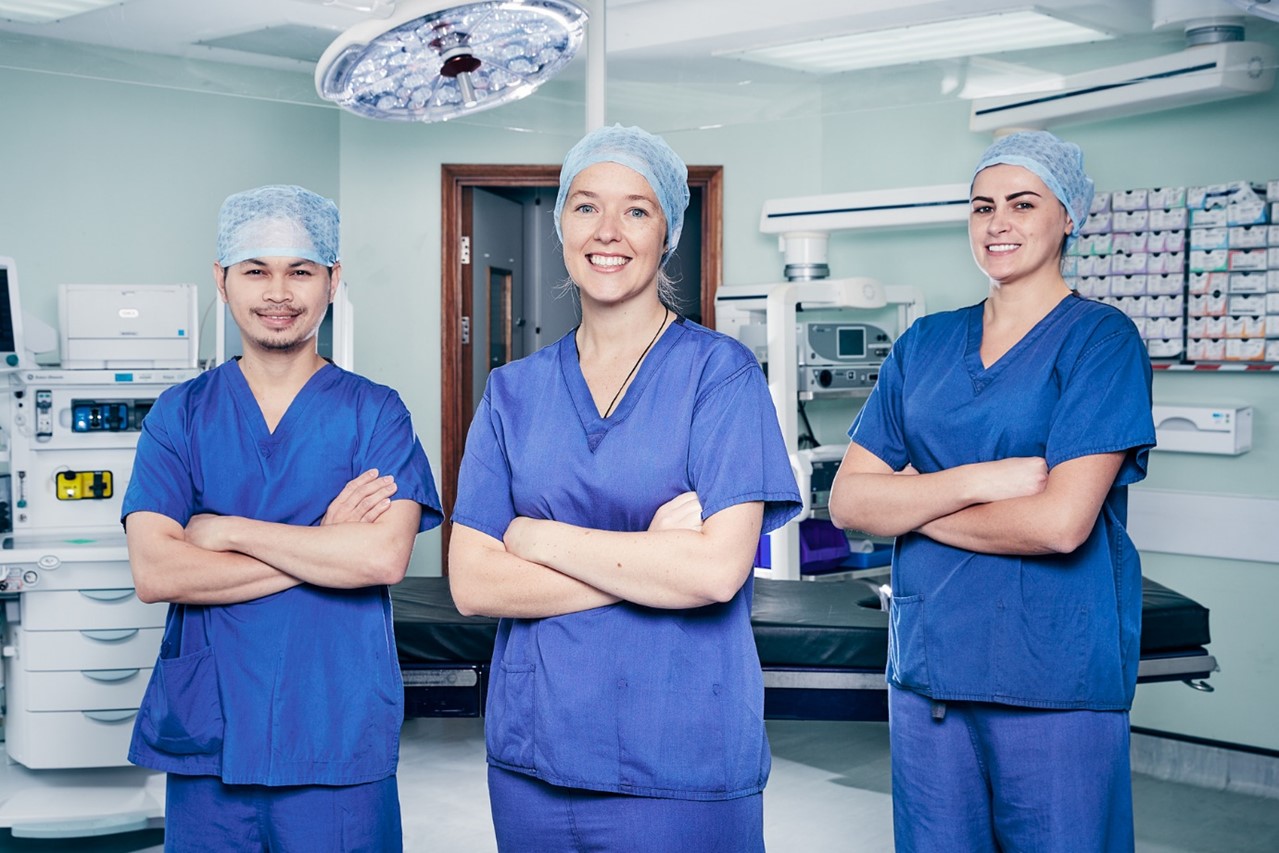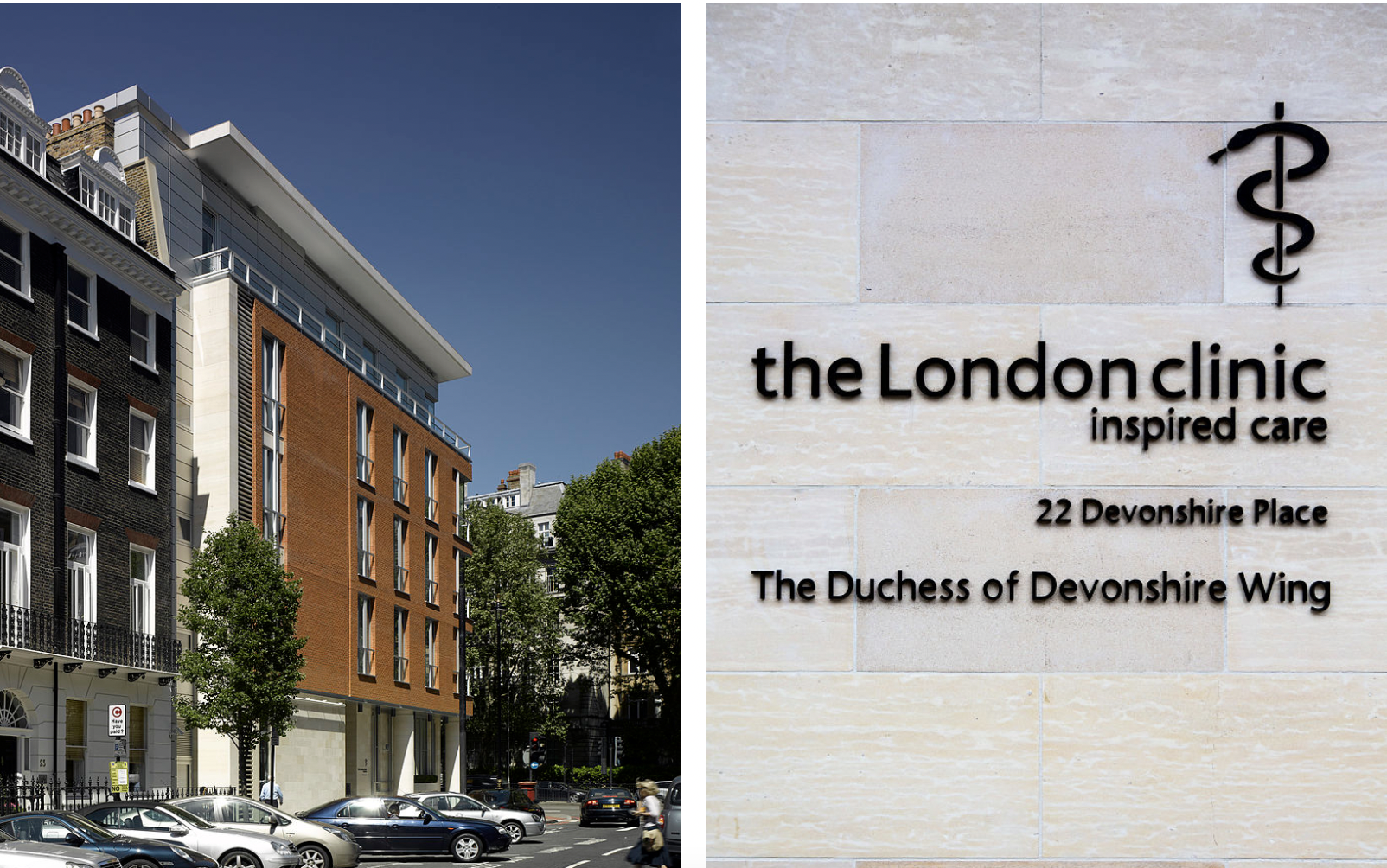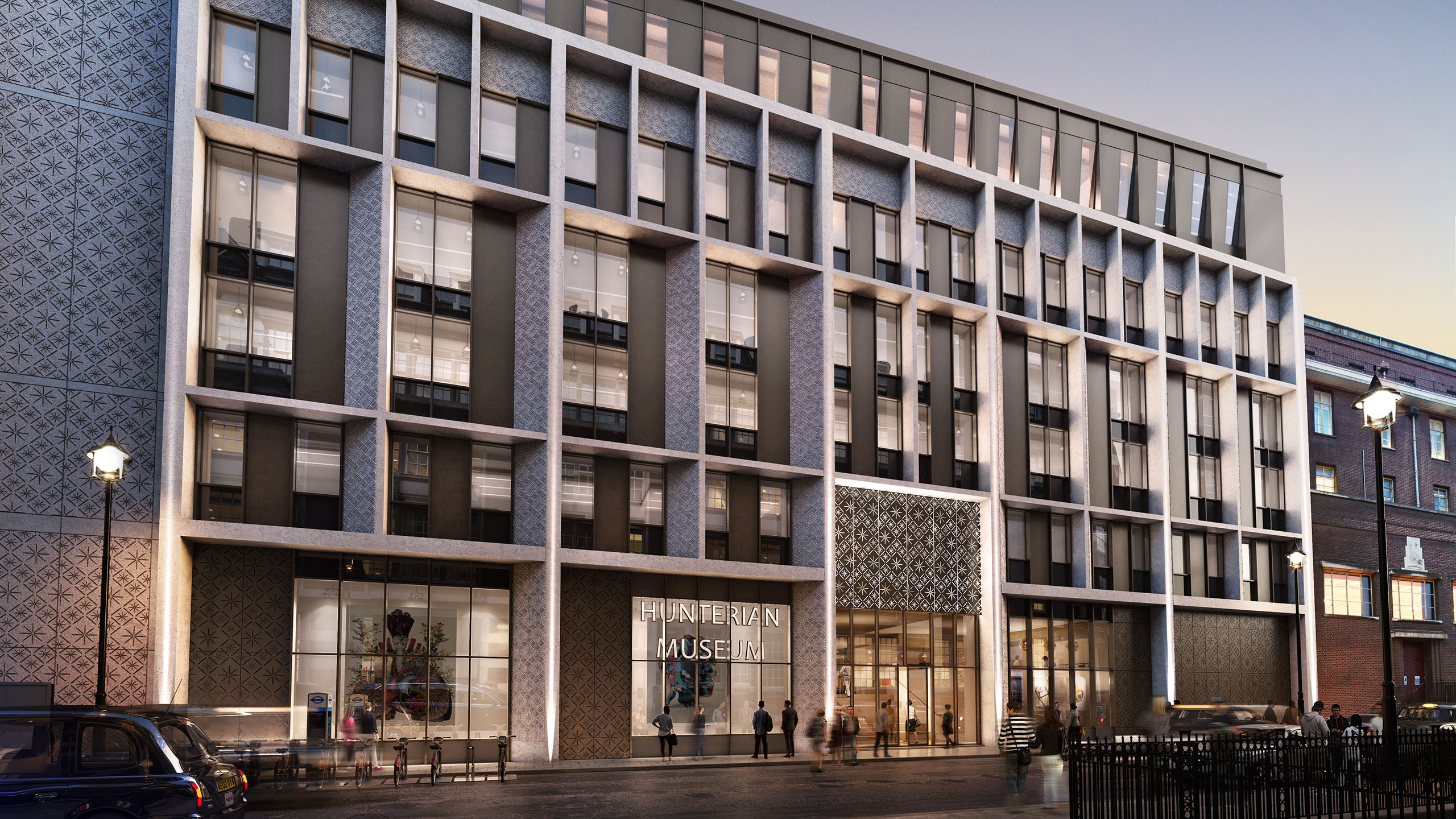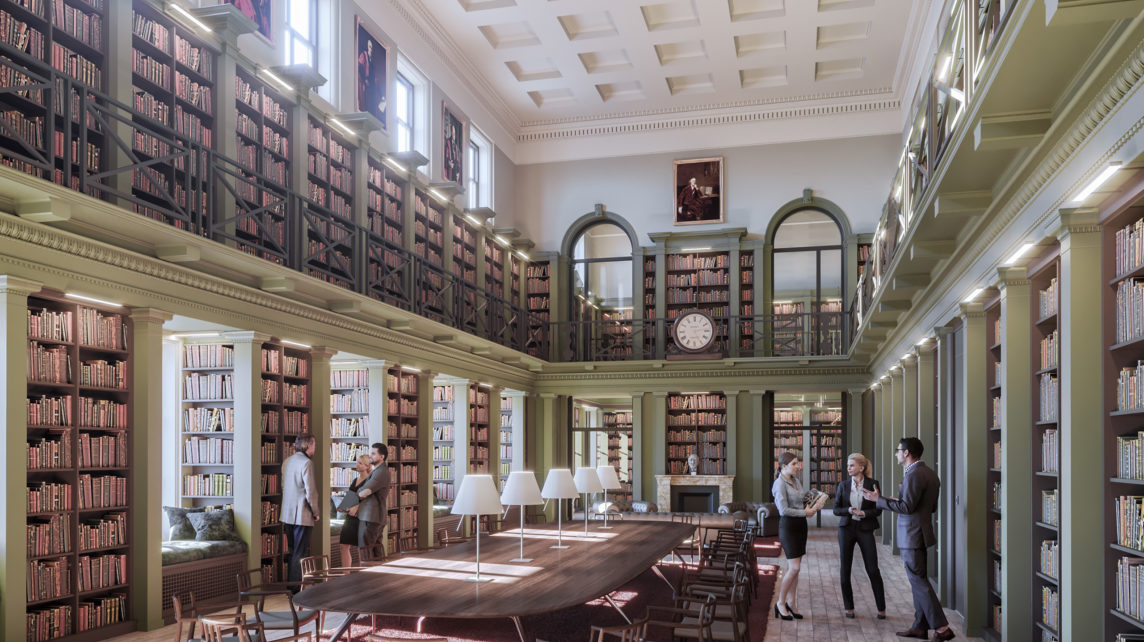Rajiv has a 20 year history of publishing scientific papers on improving the safety, outcome, and recovery from facelift surgery. A selection of his published scientific papers are listed below.
A statistical review of 1,078 consecutive facelifts: Lessons for the prevention of complications following rhytidectomy
Rajiv Grover, BM Jones and N Waterhouse
Perspectives in Plastic Surgery. 2002; 16: 207-212.
The prevention of complications following facelifting: A review of 1,078 consecutive facelifts.
Rajiv Grover, BM Jones and N Waterhouse
The British Journal of Plastic Surgery. 2001; 54: 481-486.
Reducing complications in cervicofacial rhytidectomy by tumescent infiltration: a comparative trial evaluating 678 consecutive facelifts.
BM Jones, Rajiv Grover
Plastic and Reconstructive Surgery. 2004;113: 398-403
Endoscopic browlift: a review of 538 patients and comparison of fixation techniques.
BM Jones, Rajiv Grover
Plastic and Reconstructive Surgery 2004; 113: 1242-1250.
Avoiding haematoma in cervicofacial rhytidectomy: an eight year quest reviewing 910 patients
BM Jones, Rajiv Grover
Plastic and Reconstructive Surgery. 2004; 113: 381-387.
The anatomy of the aging face: volume loss and changes in 3-dimensional topography.
R. Grover, SR. Coleman
Aesthetic Surgery Journal 2006; February
Facial injection of Restylane SubQ for aesthetic contouring of the cheeks, chin and mandible
M Belmontesi, Rajiv Grover, A Verpaele.
American Aesthetic Surgery Journal 2006; February
Optimizing treatment outcome with Restylane SubQ: the role of patient selection, technique and counselling
Rajiv Grover.
American Aesthetic Surgery Journal 2006; February
The efficacy of surgical drainage in cervico-facial rhytidectomy: A prospective, randomized controlled trial.
BM. Jones, Rajiv Grover, S. Hamilton
Plastic and Reconstructive Surgery. 2007; 120: 263-27
Injectable hyaluronic acid implant for malar and mental enhancement.
NJ Lowe, Rajiv Grover
Dermatologic Surgery. 2006; 32:881-885.
Early postoperative efficacy of fibrin glue in face lifts: a prospective randomized trial.
BM Jones, Rajiv Grover
Plastic and Reconstructive Surgery. 2007; 119: 433-434
The efficacy of surgical drainage in cervicofacial rhytidectomy: A prospective randomized controlled trial.
BM Jones, Rajiv Grover, S Hamilton
Plastic and Reconstructive Surgery. 2007; 120: 263-270
Improving the safety of Aesthetic Surgery: Recommendations following a 14 year review of cases referred to the Medical Defence Union from across the United Kingdom (1990-2004).
Rajiv Grover
Clinical Risk. 2009; 15: 241-243
Efficacy and safety of Botulinum Toxin A in the treatment of lateral crow’s feet: double blind, placebo controlled, dose ranging study.
B Ascher, B Rzany, Rajiv Grover
Dermatologic Surgery. 2009; 35: 1478-1486
Soft tissue enhancement using Macrolane: A report of complications in three patients and a review of this new product.
MJ McCleave, Rajiv Grover, BM Jones.
Journal of Plastic Reconstructive and Aesthetic Surgery. 2010; 63: 2108-2111
Post-operative Hilotherapy in SMAS based facelift surgery: A prospective randomised controlled trial.
BM Jones, Rajiv Grover, JP Southwell-Keely
Journal of Plastic Reconstructive and Aesthetic Surgery. 2011; 64: 1132-1137
Facilitating shared decision-making with cosmetic surgery patients: Acceptability of the PEGASUS intervention
N Paraskeva, A Clarke, Rajiv Grover, S Hamilton, S Withey and D Harcourt
Journal of Plastic Reconstructive and Aesthetic Surgery. 2017; 70: 203–208
The Evidence for Adjunctive Facelift Procedures.
Urso-Baiarda F, Edmondson SJ, Rajiv Grover.
Facial Plastic Surgery. 2018 Dec;34(6):624-630.
Commentary on: A Novel Extended Deep Plane Facelift Technique.
Rajiv Grover.
Aesthetic Surgery Journal. 2019 Nov 13;39(12):1282-1283
